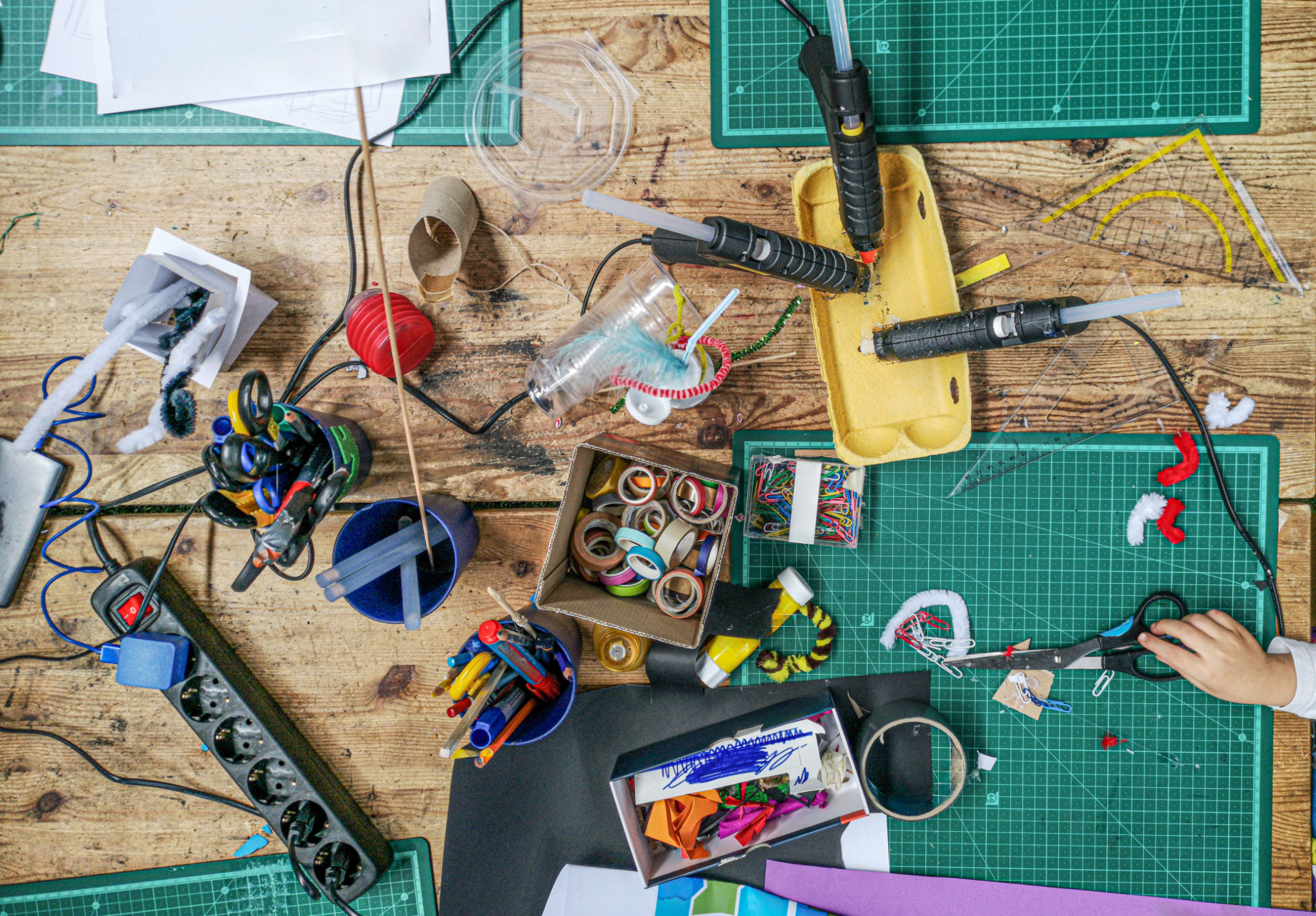How Makerspaces are Transforming Manufacturing Education
The Rise of Makerspaces in Education
In recent years, makerspaces have emerged as a revolutionary force in educational settings, particularly within the realm of manufacturing education. These collaborative workspaces are equipped with tools and materials that allow students to engage in hands-on learning experiences. The rise of makerspaces is not only enhancing the educational landscape but also transforming how students perceive and approach manufacturing.
Makerspaces provide a unique environment where theoretical knowledge meets practical application. Students are encouraged to create, experiment, and innovate, fostering a deeper understanding of manufacturing concepts. This shift from traditional classroom settings to interactive learning hubs is bridging the gap between education and industry.

Hands-On Learning and Skill Development
One of the primary benefits of makerspaces is their ability to facilitate hands-on learning. Students have the opportunity to apply theoretical concepts in real-world scenarios, which significantly enhances their learning experience. This practical approach not only improves comprehension but also boosts retention of information.
Moreover, makerspaces are instrumental in developing critical skills. By engaging in projects that require problem-solving, teamwork, and creativity, students cultivate skills that are highly valued in the manufacturing industry. These spaces encourage a trial-and-error method of learning, where students learn from their mistakes and continuously improve their techniques.
Encouraging Innovation and Creativity
In a makerspace, innovation thrives. Students are given the freedom to explore new ideas and experiment with different materials and tools. This open-ended approach fosters a sense of creativity that is often stifled in traditional educational settings. By working on projects that interest them, students are more likely to develop a passion for manufacturing.
Additionally, makerspaces often host interdisciplinary projects that integrate principles from various fields such as engineering, design, and technology. This interdisciplinary nature encourages students to think outside the box and come up with innovative solutions to complex problems.

Bridging the Gap Between Education and Industry
Makerspaces serve as a bridge between education and industry by providing students with exposure to industry-standard tools and processes. By working with equipment that is used in modern manufacturing facilities, students gain a realistic understanding of what to expect in their future careers.
Furthermore, many makerspaces collaborate with local businesses and industry professionals to offer mentorship programs, workshops, and internships. These opportunities not only enhance the learning experience but also help students build valuable networks that can assist them in their career pursuits.
Supporting Diverse Learning Styles
Makerspaces accommodate diverse learning styles by offering a variety of activities and projects that cater to different interests and abilities. Whether a student excels in mechanical tasks or has a knack for digital design, there is something for everyone in a makerspace.
This inclusive environment ensures that all students have the opportunity to succeed and develop their skills at their own pace. By recognizing and nurturing individual talents, makerspaces contribute to a more personalized and effective educational experience.

The Future of Manufacturing Education
As makerspaces continue to gain momentum, their impact on manufacturing education will only grow stronger. These dynamic environments are reshaping how we teach and learn about manufacturing, preparing students for the challenges of a rapidly evolving industry.
The integration of technology in makerspaces is also paving the way for new educational possibilities. With advancements such as 3D printing, laser cutting, and digital fabrication, students have access to cutting-edge tools that further enhance their learning experience.
Overall, makerspaces are not just transforming manufacturing education; they are paving the way for a new generation of innovators and problem-solvers who are equipped to lead the industry into the future.
